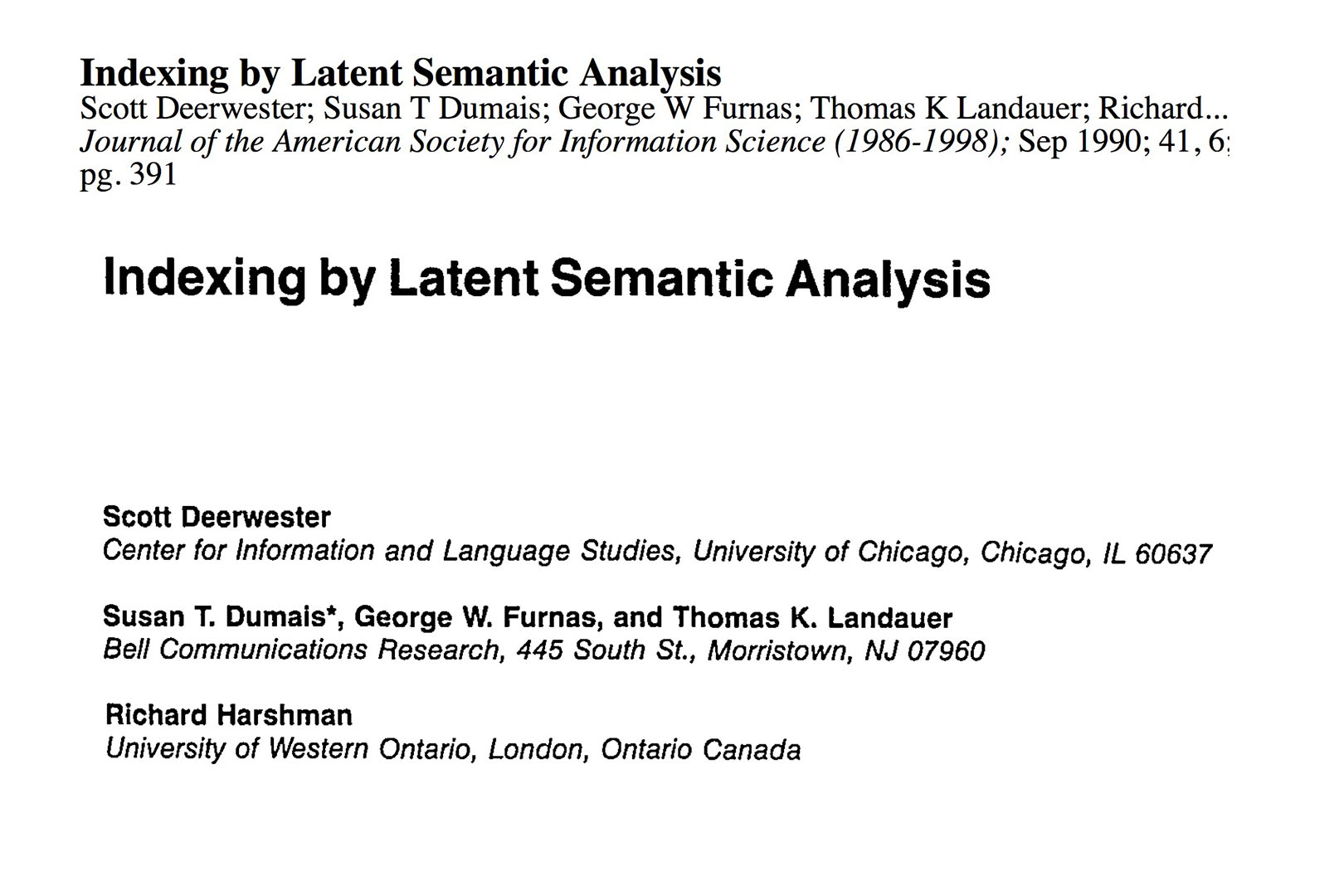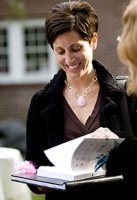
'Science image' talk marks opening of Imaging and Computing Center
Felice Frankel, a leading expert in the use of imagery to express scientific data and concepts, offers a lecture titled More Than Pretty Pictures: The Power of the Science Image at 4:30 p.m. Friday, March 2, in the Keck Classroom (G52) in Pettengill Hall, Bates College, Andrews Road.
The event is part of a celebration that marks the opening of Bates’ Imaging and Computing Center, an innovative facility that serves as a “one-stop shop” for the high-tech rendering of visual information.
The event is open to the public at no cost. Refreshments will be offered at 4:15 p.m. For more information, please call 207-753-6945.
A photographer and senior research fellow at Harvard University, Frankel heads the Envisioning Science program at Harvard’s Initiative in Innovative Computing. She holds a concurrent appointment as a research scientist at the Massachusetts Institute of Technology. Produced in collaboration with scientists and engineers, Frankel’s images have been published in more 300 journal articles and/or covers and various other publications for general audiences.
“Frankel has seamlessly brought science, art, and technology together to create a new hub for the expression of ideas in the scientific community,” wrote Tim McIntire, an author for the Apple Inc. Web site, in a profile of Frankel.
Completed in January, Bates’ Imaging and Computing Center occupies the attractively renovated first floor of the Coram Library, built in 1902. The center enhances Bates’ ability to teach visual presentation and interpretive skills that nowadays are as much the scientist’s preserve as the artist’s.
Distinctively among Bates’ peer colleges, the center assembles high-tech gear — from optical microscopes to large-format printers to 20 powerful black-cased Dells in a computing center — that enables student and faculty researchers to capture, interpret and present in visual form all manner of information.
“This is the one site on campus where many students can congregate and work with computers especially suited for viewing and working with images,” says Nancy Koven, assistant professor of psychology. Koven and some of her students will use the facility to work with magnetic resonance images, or MRI scans, of the human brain as they investigate correlations between physical brain structures and neurological or psychiatric disorders.
Because visual representations can include everything from digital art photos to genomic data, the center is seen, too, as an expression of Bates’ dedication to teaching and learning across subject boundaries. “I know of imaging labs at other institutions with similar computing capabilities,” Koven adds, “but what distinguishes our Imaging Center is that it’s inherently interdisciplinary. I don’t know of other imaging centers where faculty and students in neuroscience could be doing intense and meaningful work while sitting only a few feet from faculty and staff in visual arts or cellular biology.”
Frankel has been a Guggenheim Fellow, and was a Loeb Fellow at Harvard’s Graduate School of Design for her work photographing the built landscape and architecture. She is the author of Envisioning Science, The Design and Craft of the Science Image (The MIT Press, 2002) and her column, “Sightings,” appears regularly in American Scientist magazine.




